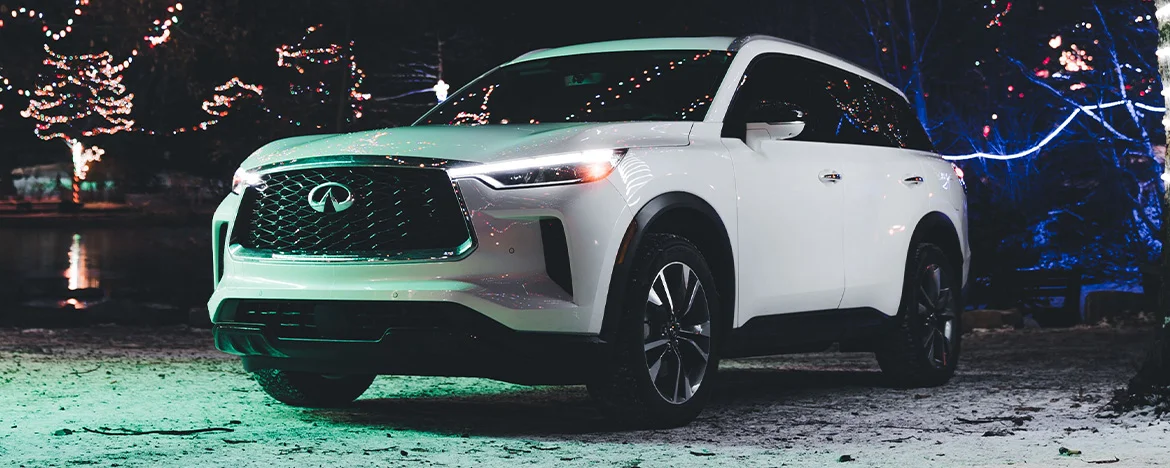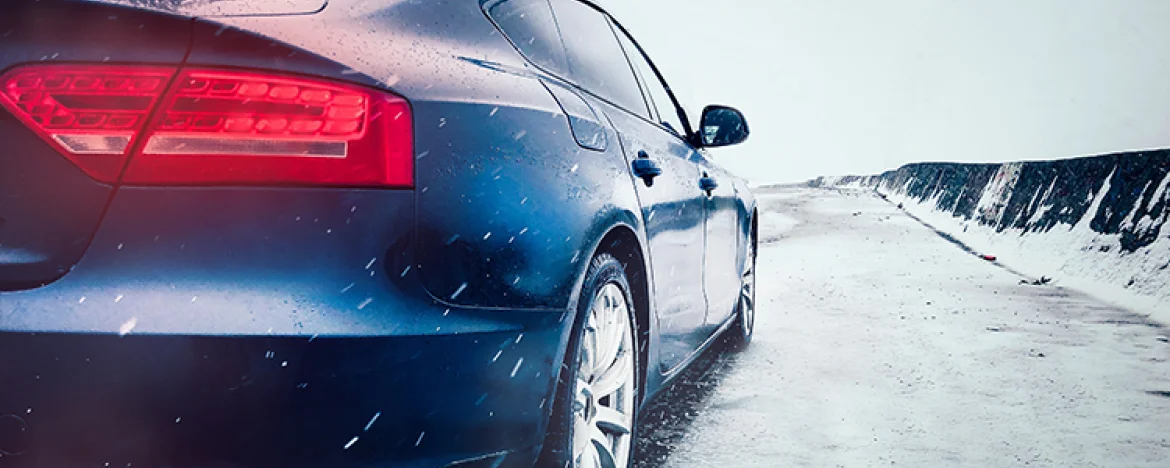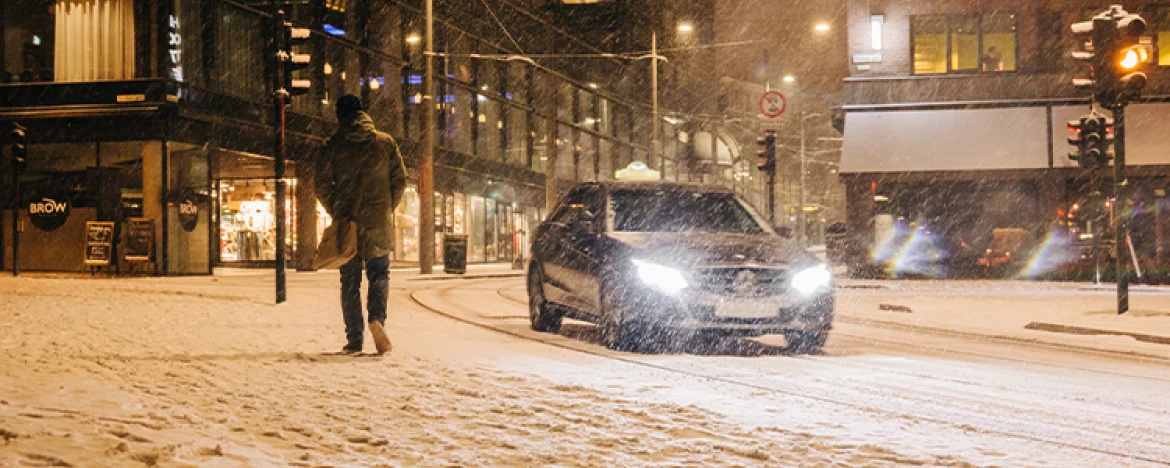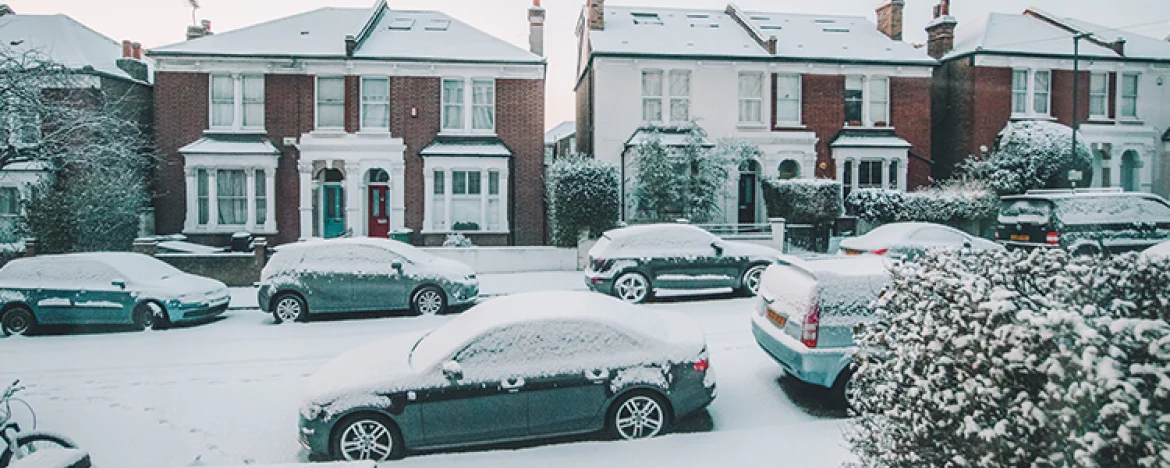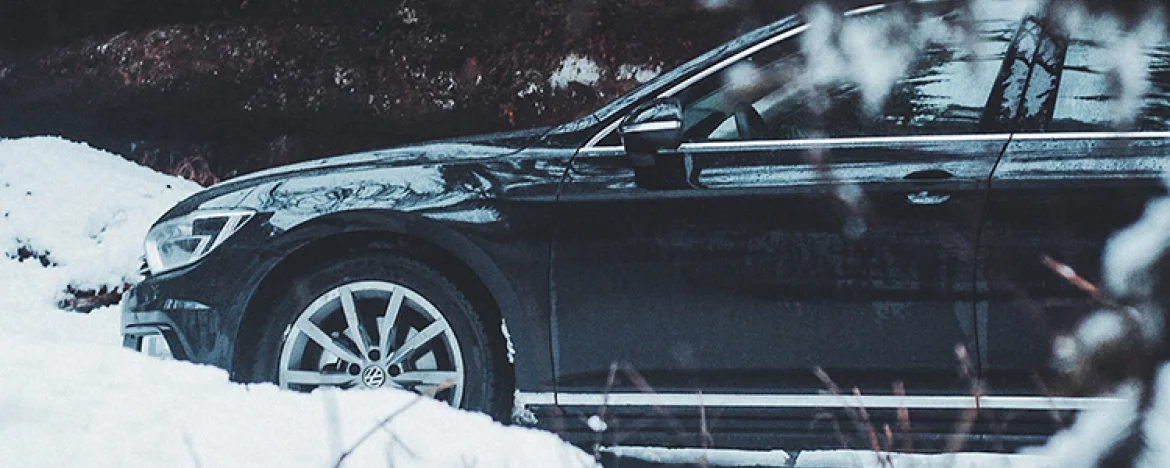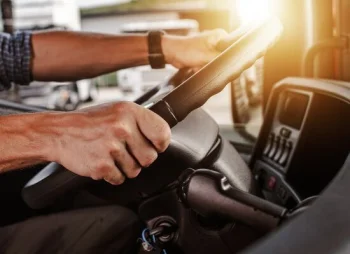7 easy steps to prepare your car for winter weather
Vehicle breakdowns increase in winter months due to the plummeting temperatures and worsening weather.
It is therefore important for drivers to consider the different demands on their vehicles that the season change brings, and ensure we take every step to prepare our vehicles for the inevitable decline in driving conditions.
Just a few minutes of maintenance can prepare your car for winter and reduce the risk of breakdown, all from the comfort of our own homes.
Keep reading to explore our seven steps for getting your car ready for the winter months.

